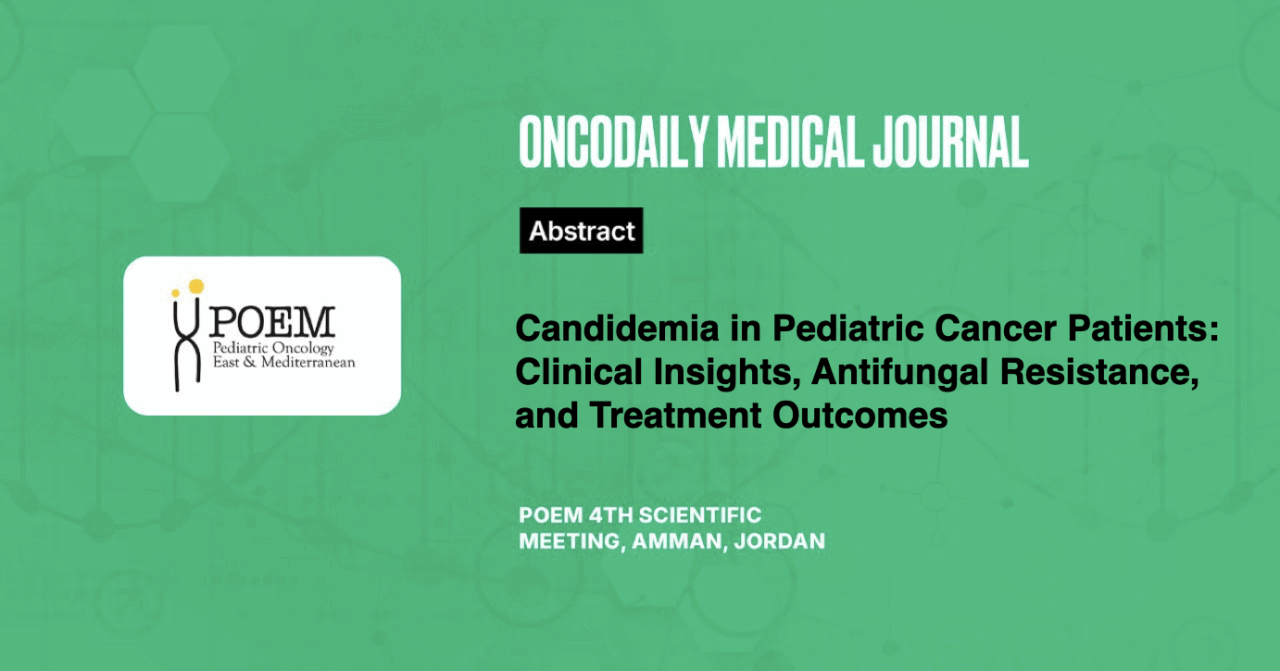Candidemia in Pediatric Cancer Patients: Clinical Insights, Antifungal Resistance, and Treatment Outcomes
Abstract
Introduction: Cancer patients are at risk for candidemia, and invasive candidiasis, resistant Candida, and breakthrough infections pose a growing threat to these high-risk patients.
Methodology: A retrospective study was conducted between (2014 – 2020) at the Children’s Cancer Hospital in Egypt. Data on clinical presentations, microbiological findings, and treatment outcomes were collected and analyzed.
Results: Three hundred fifty (350) pediatric cancer patients with Candida infections were identified. The median age was 4 years. The primary underlying diseases were hematological malignancies (54%) and solid tumors (46%), with acute leukemia being the most common. Key clinical features included neutropenia (80%), the presence of a central venous catheter (57%), ICU admission (44%), and steroid use (43%). Non-Albicans Candida species were the predominant isolates (71%), compared to Candida albicans (29%) with C. tropicalis (29%),and C. parapsilosis (21%) being the most common isolated pathogens. Invasive candidiasis was observed in 30 patients (9%), primarily affecting the liver, spleen, and kidneys.
However, 6% had chorioretinitis, reflecting the importance of fundus examination as routine screening. 27% of patients developed breakthrough candidemia, with Candida parapsilosis being the most frequently isolated pathogen. Resistance was observed in 74 patients (21%). Fluconazole had a resistance rate of 15% (52/350), while voriconazole showed the lowest resistance at 3% (11/350). Echinocandins exhibited a resistance rate of 5% (17/350), and liposomal formulations had a resistance rate of 6% (20/350). The 30-day mortality rate among pediatric cancer patients with candidemia was 24%. The key predictors for mortality included delayed antifungal treatment, delayed catheter removal for source control, Echinocandin resistance, and septic shock requiring ICU admission.
Conclusion: Candidemia remains a serious threat to pediatric patients with malignancies, with high mortality rates. Antifungal stewardship is crucial to improving outcomes in this high-risk population.





